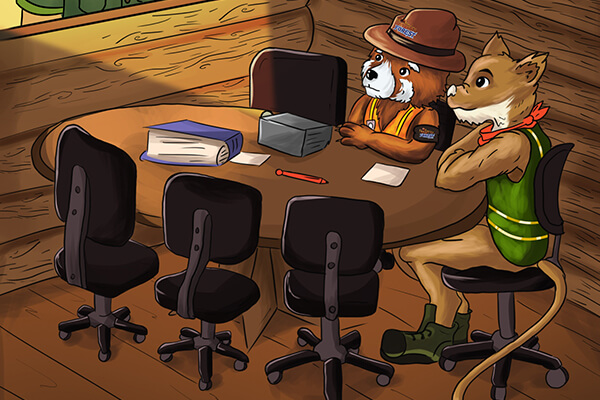Storytelling is an underappreciated art. Effective storytelling is an important skill for anyone looking to engage an audience. Whether you are writing a blog, delivering a presentation, or teaching a class, storytelling can be a powerful and effective tool for conveying your message.
The most effective stories contain elements of plot, character, and setting. Plot is the sequence of events in a story, and it should build to a climax. Characters help the audience to identify with the story, and setting establishes the context and provides a visual backdrop. All these elements work together to create an engaging narrative that helps capture the audience’s attention.
When telling a story, it is important to be concise and to use vivid language. Vivid language helps to create imagery that helps the audience to visualize the story in their minds. Effective storytelling also involves pacing and timing. Pacing helps to keep the story moving and to maintain the audience’s attention. Timing is important for the climax of the story, as it helps to create suspense and to build anticipation.
It is also important to use different types of media, such as video, audio, images, and animations, to complement the story. Using different types of media helps to convey emotion and to bring the story to life. Additionally, including multimedia elements can help increase engagement, as it gives the audience something interesting to look at or listen to.
Finally, it is important to maintain consistency throughout the story. Consistency helps to keep the story focused and helps to keep the audience engaged. But how many novels are there that can give the readers a bit of everything? And how many of them are suitable for children?
These are questions that hold great significance as the children of today are the pioneers of tomorrow. If we wish to have a better world in the future, children must be educated appropriately using the right literary sources.
Wildlife Conservation And Care
Teaching children about wildlife conservation and care is essential for cultivating a sustainable future. Teaching children about the impact of humans on the environment, the importance of conservation and the value of wildlife can help them understand why it is important to protect our planet and its wildlife.
Educating children about conservation and caring for wildlife can begin at a young age by teaching them about the different animals and plants in their local environment. Encouraging them to get involved in activities like bird watching, nature walks, and gardening can help them appreciate the beauty of nature. A great way to foster this appreciation is to take them to a local wildlife refuge or nature reserve. There, they can observe different species of animals in their natural habitat and learn more about their behavior and ecology.
Children can also be taught how to protect wildlife by learning about the effects of pollution and climate change. Helping them understand the importance of reducing their personal carbon footprint, conserving energy and water, and recycling can make them more aware of their actions and the impact they have on the environment.
Finally, teaching children about wildlife conservation and care can also include teaching them about the importance of respecting and protecting animals. This can include teaching them not to disturb or harm animals, not to leave trash in the environment, and about animal rights. Teaching children to care for animals and the environment is essential for creating a sustainable future.
To achieve this goal, author Brian Makaruk’s latest work Mysteries of the Forest is the perfect fit. The story revolves around two characters, a red panda named Reggie who is a ranger (one of the species at the brink of extinction) and Willy the Weasel and Reggie’s sidekick. Mysteries of the Forest can help children learn about the importance of endangered animals. Undoubtedly, one of the most underdiscussed topics in children, learning about endangered species helps us develop leaders for tomorrow who are willing to preserve nature’s beautiful gift.
Conclusion
To get more information on wildlife preservation, check out Wildlife Alliance website. Wildlife Alliance is a non-profit organization dedicated to protecting wildlife and wildlands in Southeast Asia. Founded in 1995, Wildlife Alliance works to reduce illegal logging and poaching, protect critical habitats, and promote sustainable lifestyles. It also engages local communities in environmental education and sustainable development, helping them to understand why protection of the natural environment is important.




